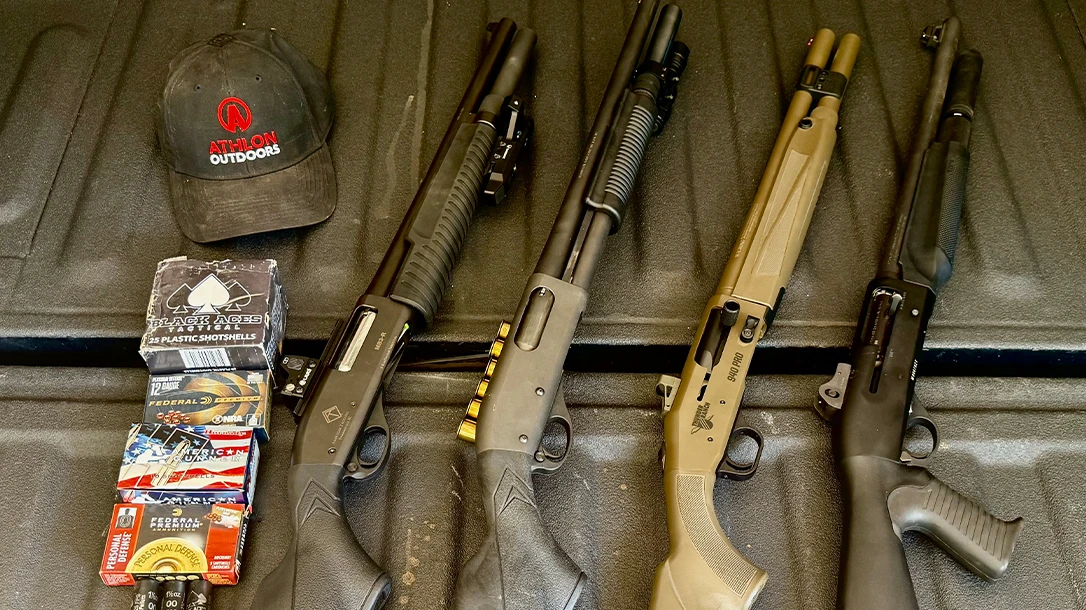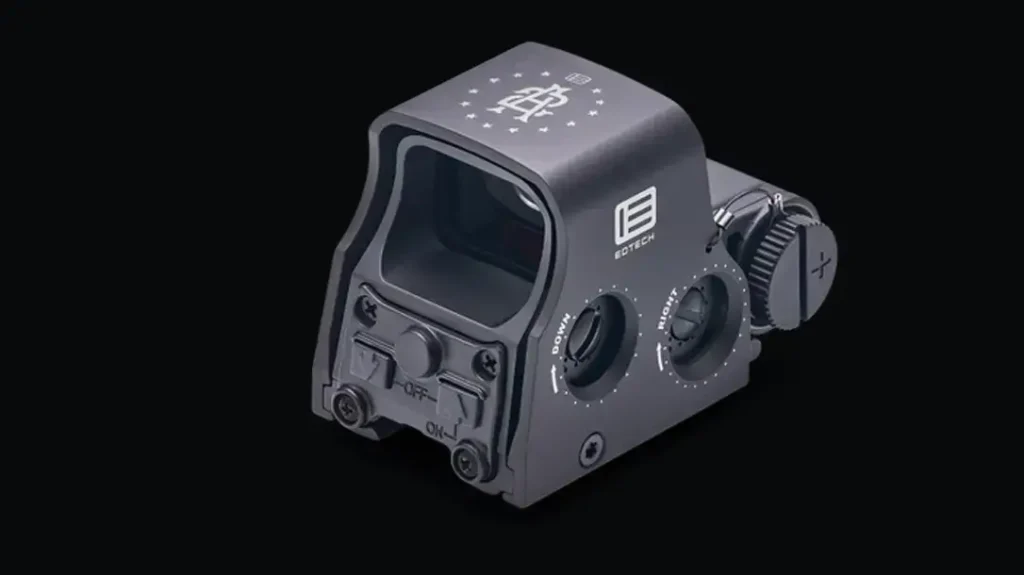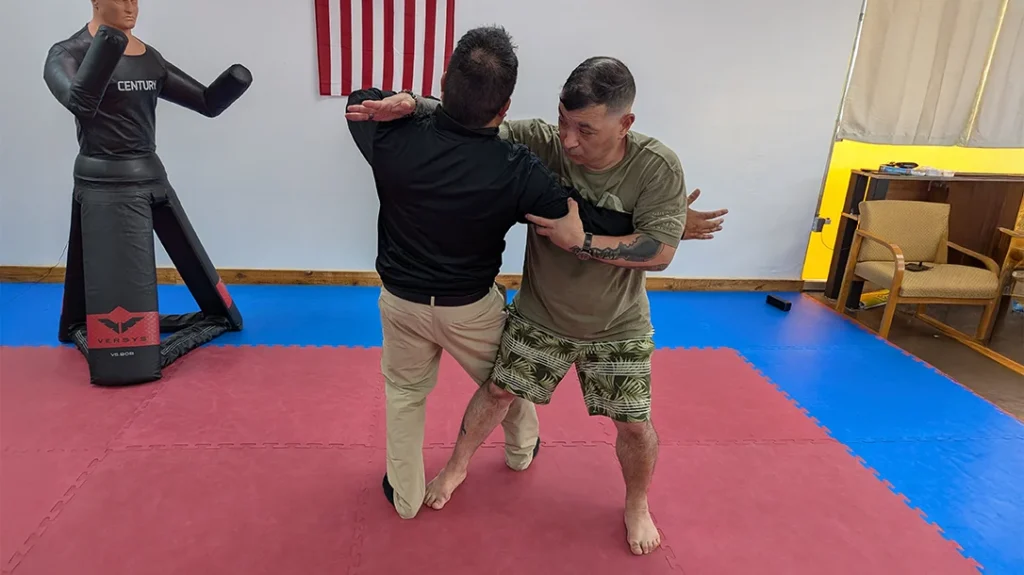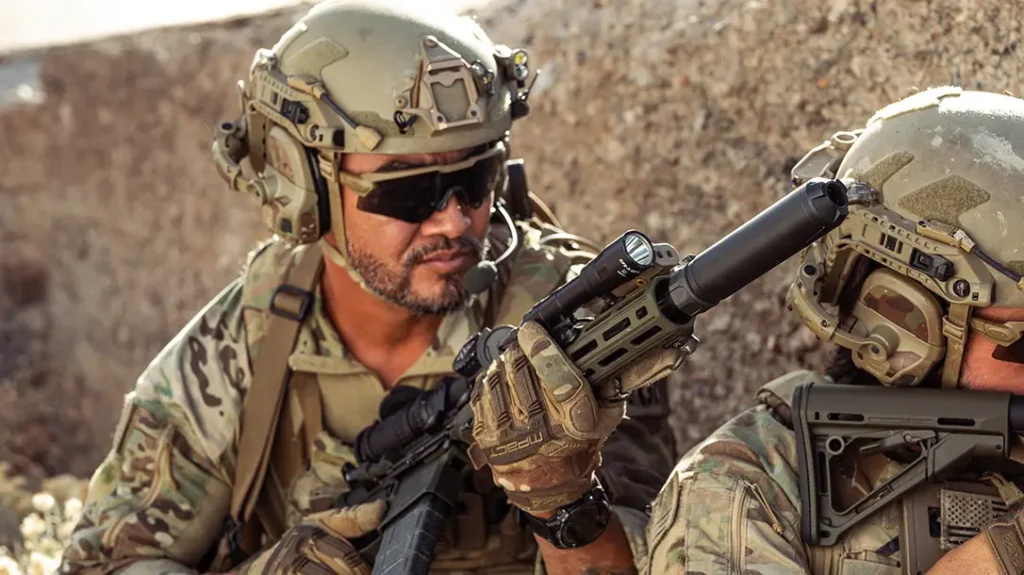This post was originally published on this site.
Within the realm of self-defense, hunting and collecting, I have had my hands on many different shotguns over the years. As a firearms instructor, I’ve also witnessed an increase in first-time gun owners who buy shotguns as their “first” gun.
There are a few factors that have driven this reality including availability, politics, perception, and cost. Availability is easy to understand, especially because shotguns are quite straightforward and cost-effective long-guns. Their relative lack of complexity makes them easy to manufacture and produce.
Advertisement — Continue Reading Below
Perception and politics play a role too. Quite a few new gun owners buy firearms that are more “politically acceptable.” Right or wrong, shotguns are associated with hunting and sport-shooting. This is why many of these first-time gun owners see shotguns as acceptable options. In terms of home-defense, new gun owners also perceive shotguns as formidable firearms that criminals would want to tangle with. [They absolutely are.]
Back to that point I made about affordability. Shotguns are the most affordable type of long-guns. The appeal of a sub-$300-dollar shotgun for home-defense is quite persuasive because of how they “check-off all the boxes.” Given the potency of buckshot, there is no other long-gun that has the same power-to-price ratio of the shotgun.
My article focuses on four different 12-gauge shotguns that sell at different price-points and what they each bring to the table for the average gun-owner.
Advertisement — Continue Reading Below
Included in this article are:
- ATI MB3-R pump-action shotgun (~$200)
- Remington 870 pump-action shotgun (~$500)
- Mossberg 940 semi-automatic shotgun (~$1000)
- Benelli M2 semi-automatic shotgun (~$1500).
ATI S-Beam (~$200)
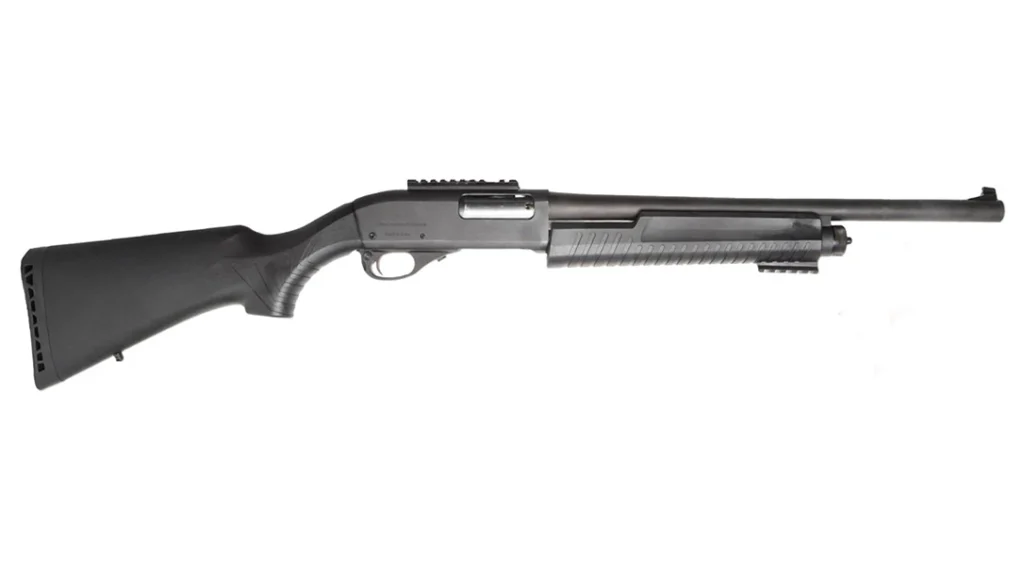
The ATI S-Beam MB3-R is chambered in 12-gauge and has a 4+1 capacity along with an 18.5 inch barrel. As a pump-action, its action must be manually cycled by vigorously racking the forend. The ATI S-Beam, a Turkish-made import, is a recent addition to the domestic market.
Advertisement — Continue Reading Below
S-Beam shotguns, which bear some similarities with Remington’s classic Model 870 design, come outfitted with Picatinny rails mounted on the top of the receiver for optics. There’s also a section underneath the forend for tactical lights.
ATI’s entry-level shotgun is designed for home-defense. With a price of around $200, this shotgun is more than affordable. Its clear advantages include cost, an optics-ready setup and certain parts compatibility with the Remington 870. The downsides include long term use (many of the parts are aluminum or plastic) and heavier recoil due to the slightly lighter weight. I have run multiple rounds through this gun with no issues.
Remington 870 Tactical (~$500)
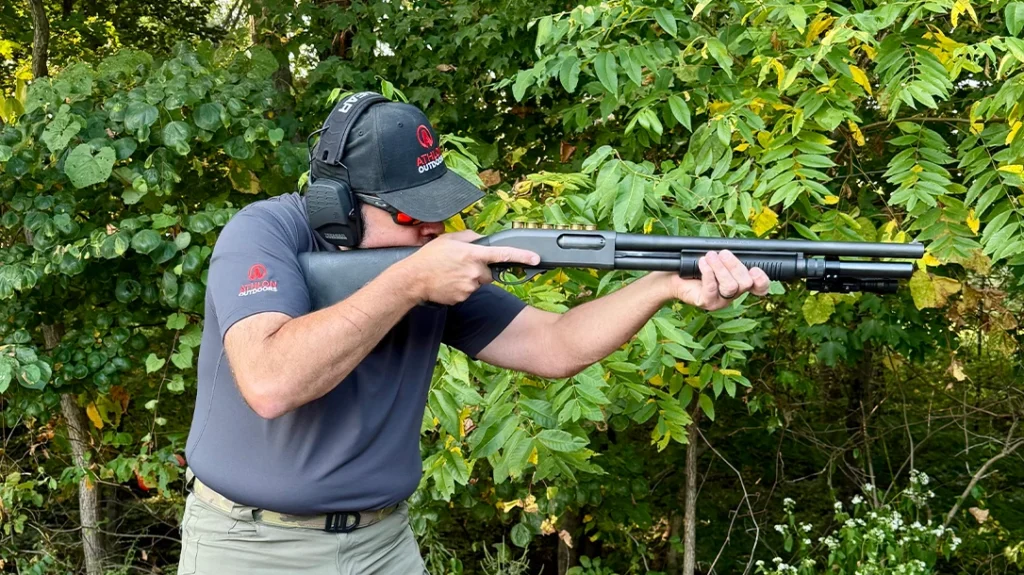
Advertisement — Continue Reading Below
Remington’s classic Model 870 is perhaps the quintessential American-made pump-action shotgun. Remington has been manufacturing these shotguns in various forms since 1950, with over 13 million made. The 12-gauge Remington 870 Tactical model shotgun uses a 18.5 inch barrel for home-defense and feeds from a 6-shot tubular magazine.
For a couple of hundred dollars more, you get history, reliability and durability. The 870 design is made to last. At this point, I’ve shot thousands of shells through the various models I own. Functionally, the Remington 870 is very similar to the ATI S-Beam. The latter is based on the former. Both run when needed.
The extra cost is for higher quality components that will likely last longer under constant use, training, and ownership. The Remington 870 is my go-to pump-action home-defense shotgun.
Advertisement — Continue Reading Below
Mossberg 940 Pro (~$1000)
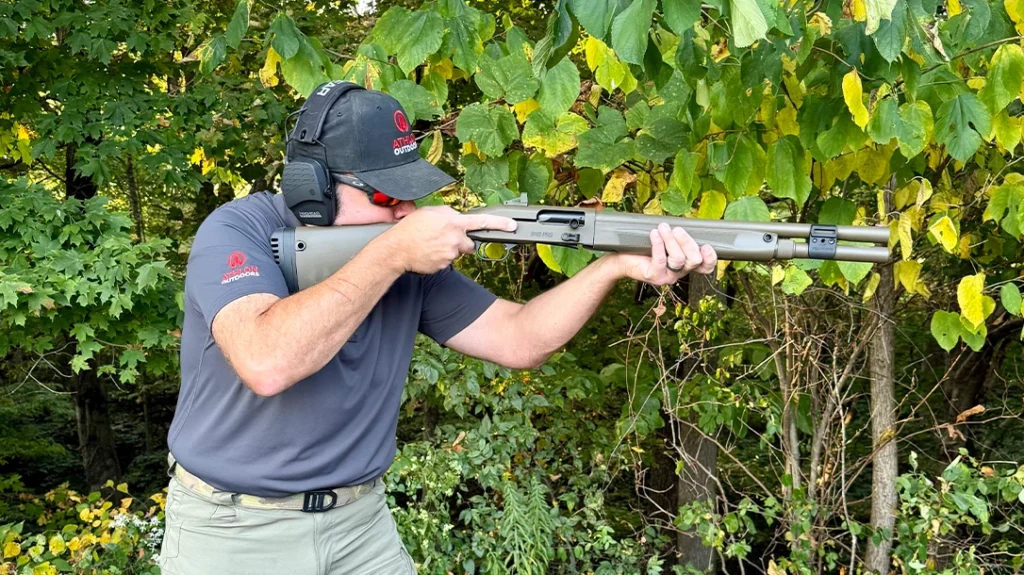
It’s fair to point out that Mossberg also provides a solid, slightly more expensive, alternative to the Remington 870. It’s the pump-action Mossberg 590.
However, Mossberg truly shines in reliable semi-automatic shotguns. The Mossberg 940 Pro is a 12-gauge semi-automatic tactical shotgun with 7+1 capacity. Due to the Mossberg 940 Pro’s semi-automatic gas-operated action, the shooter enjoys a softer recoil impulse compared to pump-action models like the ATI or 870 listed above.
Advertisement — Continue Reading Below
Granted, a shotgun like the Mossberg 940 Pro costs double compared to the average pump-action shotgun. The price increase accounts for a more sophisticated action with additional parts. Because they’re not manually-operated, there can be a potential downside to certain semi-auto shotguns. They generally cycle better with higher velocity shells (buckshot and slugs). I have not had any issues running quality high velocity birdshot through my Mossberg 940 but would likely still suggest sticking with buckshot for increased reliability.
Benelli M2 Tactical (~$1500)
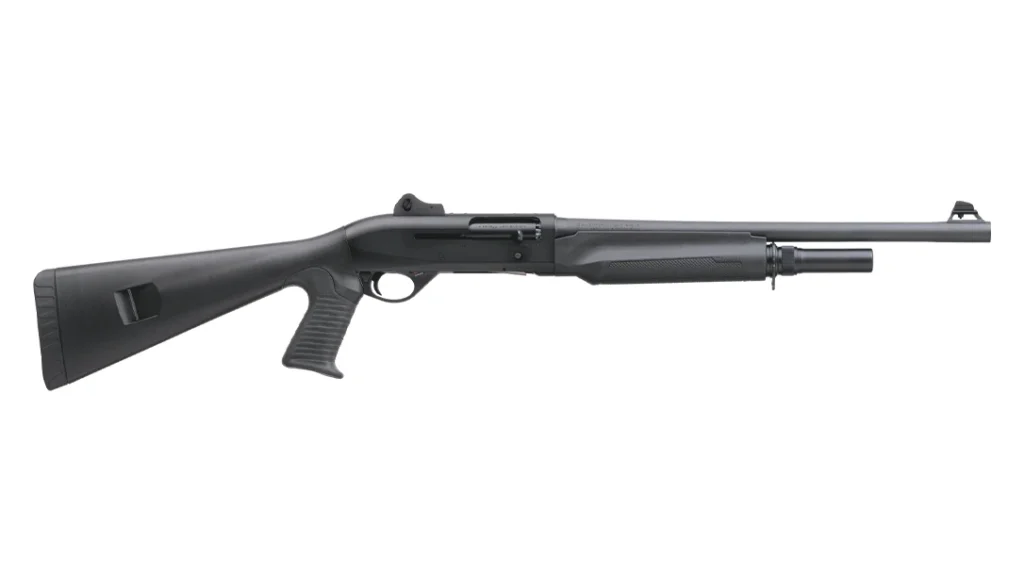
Going up the next price rung, models like the Italian Benelli M2 semi-automatic become commonplace. This12-gauge shotgun dates back to 1983 and uses Benelli’s signature inertia-operated semi-automatic action. Though extremely reliable, inertia-driven shotguns do need stouter loads to cycle well. Avoid anything under 1200 FPS.
Shotguns, especially those designed for sporting use, can go much higher in price and for example the Benelli’s M4s easily break the $2000 mark. Past a certain price point you may find you are paying for name brand recognition, history of use, and scarcity in the United States market as much as you are paying for any additional utility. I have also had no issues with Benelli shooting different shells (birdshot, buckshot, and slug). Once again I’d stick to higher velocity buckshot for home-defense.
The Last Slug
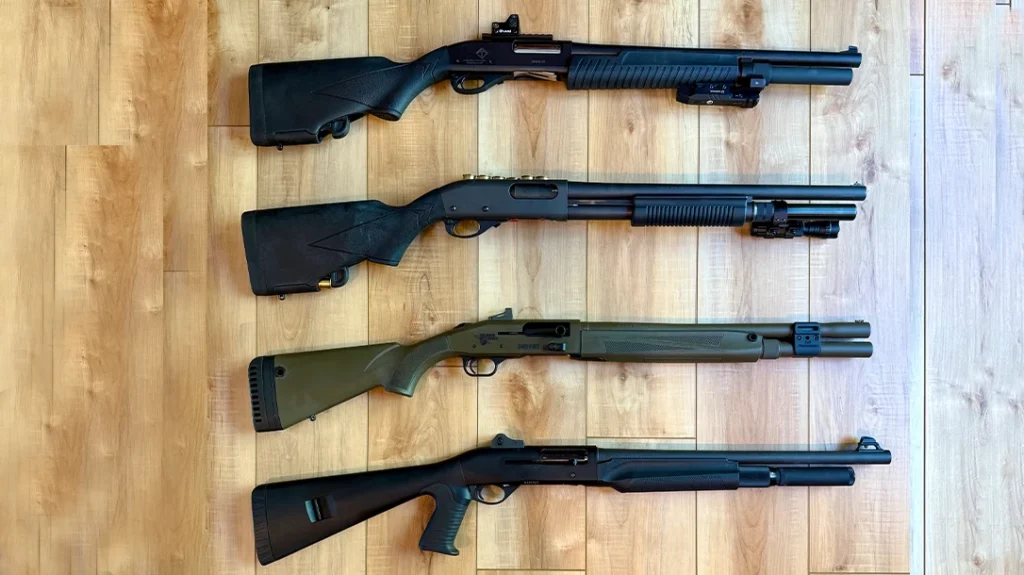
Shotguns make for fantastic home-defense long-guns. Their effective range tends to overlap the same distances involved with defensive firearm use. Within these ranges their ammunition also works well, especially when it comes to optimized defensive buckshot loads like Federal’s Flitecontrol.
While you should be cautious purchasing a home-defense shotgun based on price alone, if your intent is utilizing it enough to become trained in basic function and then having it if needed, longer term durability may not be a high priority.
If you plan to practice with your shotgun regularly and want something that resists wear and tear better, buying a more expensive model may make sense. Taking things a step-further, if the simplicity of a self-loading design appeals to you, accept that quality function comes at a price. Pick out your preferred shotgun and train with it until you are comfortable with its function. Price does matter, but it’s not the end-all-be-all.
WHY OUR ARTICLES/REVIEWS DO NOT HAVE AFFILIATE LINKS
Affiliate links create a financial incentive for writers to promote certain products, which can lead to biased recommendations. This blurs the line between genuine advice and marketing, reducing trust in the content.
The post Comparing Home-Defense Shotguns At Various Price-Points appeared first on Athlon Outdoors Exclusive Firearm Updates, Reviews & News.
